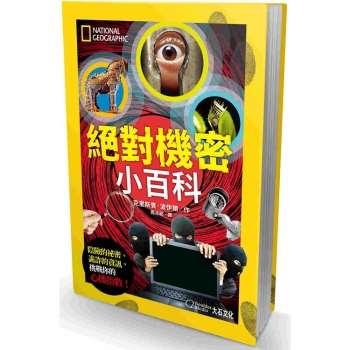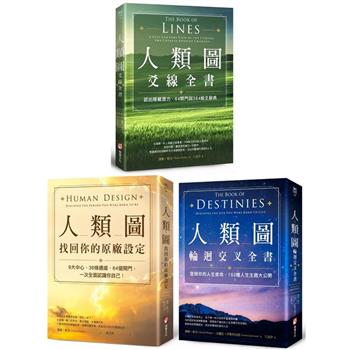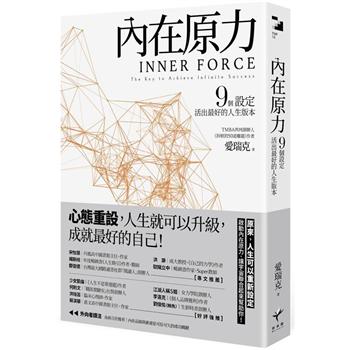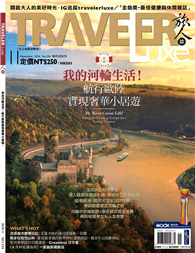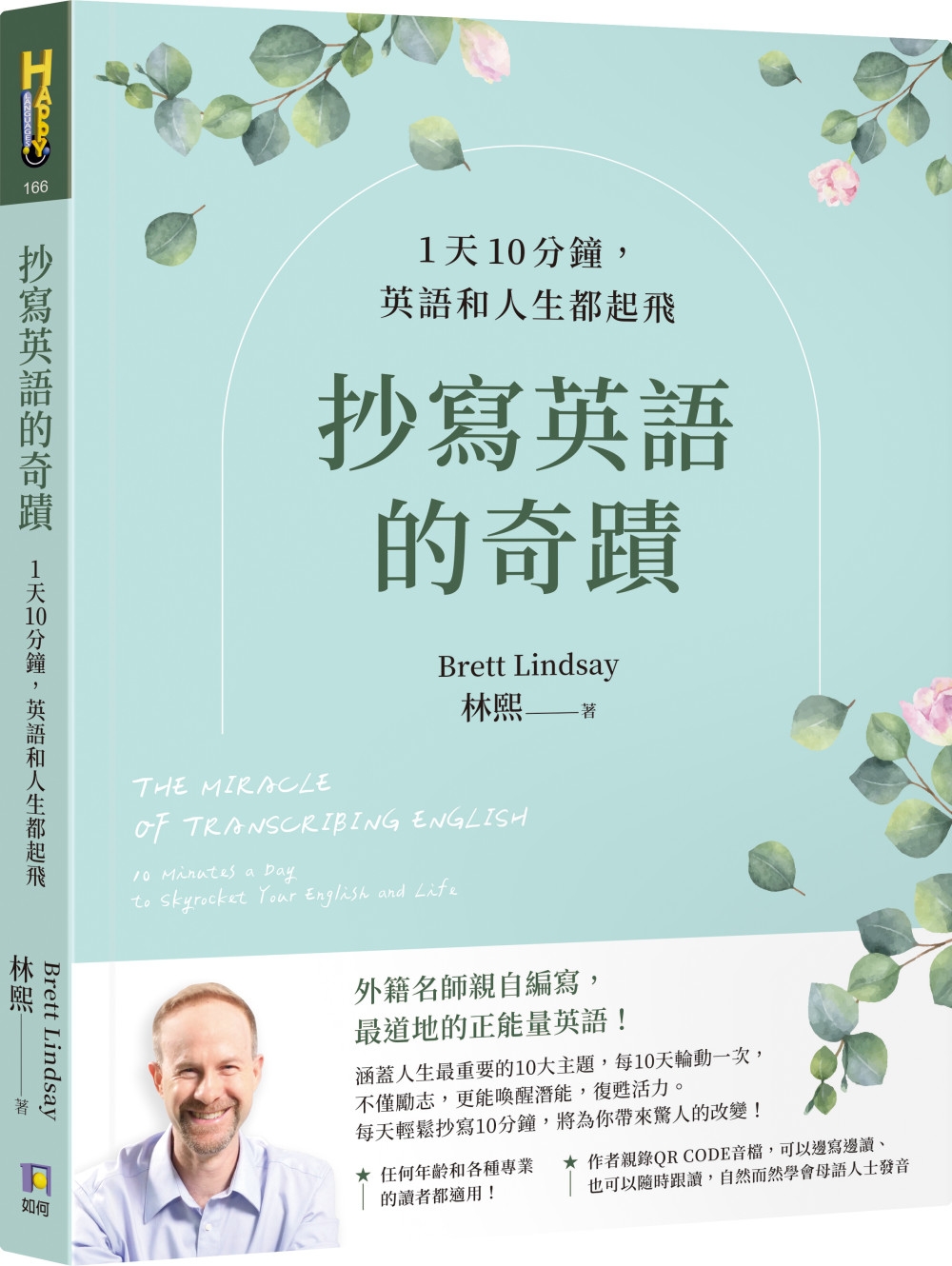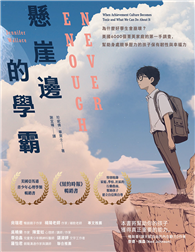Preview
David BEVINGTON
Shakespeare in Culture, having grown out of a conference at the National Taiwan University Shakespeare Forum in 2009, is devoted to the proposition that culture and Shakespeare alike are protean in their unceasing change, and are alike in such ways as to enable us to read “Shakespeare” as a kind of paradigm of that cultural change. Shakespeare is in culture in the sense that his plays and poems reflect and act upon social customs and ideas. Conversely, social customs and ideas infl uenced Shakespeare in his own day and continue to infl uence the great sum of what “Shakespeare” can mean to us today. The interplay between Shakespeare and culture is mutual and organic.
This idea is perhaps now accepted wisdom about Shakespeare and culture. The current project adds greatly to
that perception by reading Shakespeare in the rich context of multiculturalism, including Chinese opera, colonialism, youth culture, and much more. Stage productions from Asia add immensely to our appreciation of what Shakespeare can mean by expanding the cultural horizon. I have had the great pleasure of attending conferences in Taiwan and elsewhere on this subject, with extraordinary productions, culminating in April 2011 at the meeting in Bellevue, Washington, of the Shakespeare Association of America, where Bond, a Yuju Bangzi Opera adaptation of The Merchant of Venice, was staged with a star cast and orchestral accompaniment.
The essays in this present collection cover an admirable range of topics, and thereby illustrate how fruitfully complex the topic of cultural interchange can be. We are shown Shakespeare in the context of his own cultural environment: Protestantism and predestination, the “otherness” of racial difference, classical concepts of honor, Christian concepts of womanly silence and obedience, and still more. Other essays explore the language of interpretation, creating the potential for misinterpretation in male obsessions with womanly beauty and in discourses about sexuality. Shakespeare emerges in these essays as a profound and sensitive reader of cultural values and confl icts whose scripts are necessarily incomplete, prompting us to correct unceasingly our perceptions of what he has written. Of course we also need to reinterpret how Shakespeare’s plays can be presented on stage, and this is an area in which the present collection is particularly useful. I have already mentioned admiringly the Bond adaptation of The Merchant of Venice, which here serves as a vital text for Ching-Hsi Perng’s disquisition on how cross-cultural adaptation can transform the work while at the same time preserving and indeed enlarging the authenticity of the original. Two Korean productions of King Lear are analyzed in the present collection in such a way as to show how that play can be recast as tragicomedy. Noh and Kabuki theatres afford a similar opportunity to study how Shakespeare in production
can make brilliant use of Japanese staging traditions to bring out aspects of the plays not easily seen in more traditional Western contexts. I remember particularly a Kabuki version of Macbeth at Wisdom Bridge in Chicago in 1983, in which the rice-paper screens of a traditional Japanese interior afforded a means for the audience to behold the murder of Duncan, backlighted from behind and silhouetted onto the translucent screens, whereupon Duncan, by now fatally wounded, plunged through those screens onto the main stage and was pursued into the audience by a bloodmaddened Macbeth. Throughout, the three weird sisters were onstage, manipulating the gestures of the play’s main characters: when a weird sister nodded or grimaced or made a dismissive hand gesture, Macbeth or Lady Macbeth would do the same. Determinism took visible shape on the Japanese stage. Akira Kurosawa’s Throne of Blood (1957) is another brilliant example: not a word of Shakespeare’s text remains, and yet the film is arguably the most perceptive interpretation of the play available to modern audiences.
The essays in this present collection are thus importantly complementary to recent studies of world Shakespeares. One essay looks at the use of Shakespearean dress and vernacular translation in two Asian productions well before the advent of post-colonialism. Another essay shows how Othello was enlisted polemically into justifications of Japanese imperial power in the early twentieth century. Ambivalence toward
Western cultural values in China emerges in a study of The Two Gentlemen of Verona in silent fi lm. On a global scale, one essay looks at Hamlet as a protagonist whose sensibility has penetrated to every corner of the globe. Shakespeare’s Sonnets are included too, as presented on fi lm and television, where they interact with pop culture and other aspects of our contemporary world. The wealth of cultural perspective on Shakespeare is everywhere apparent in this informative and highly readable collection of essays.
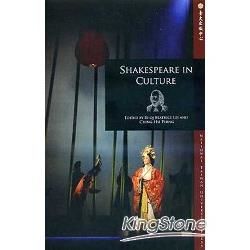
 共
共 
